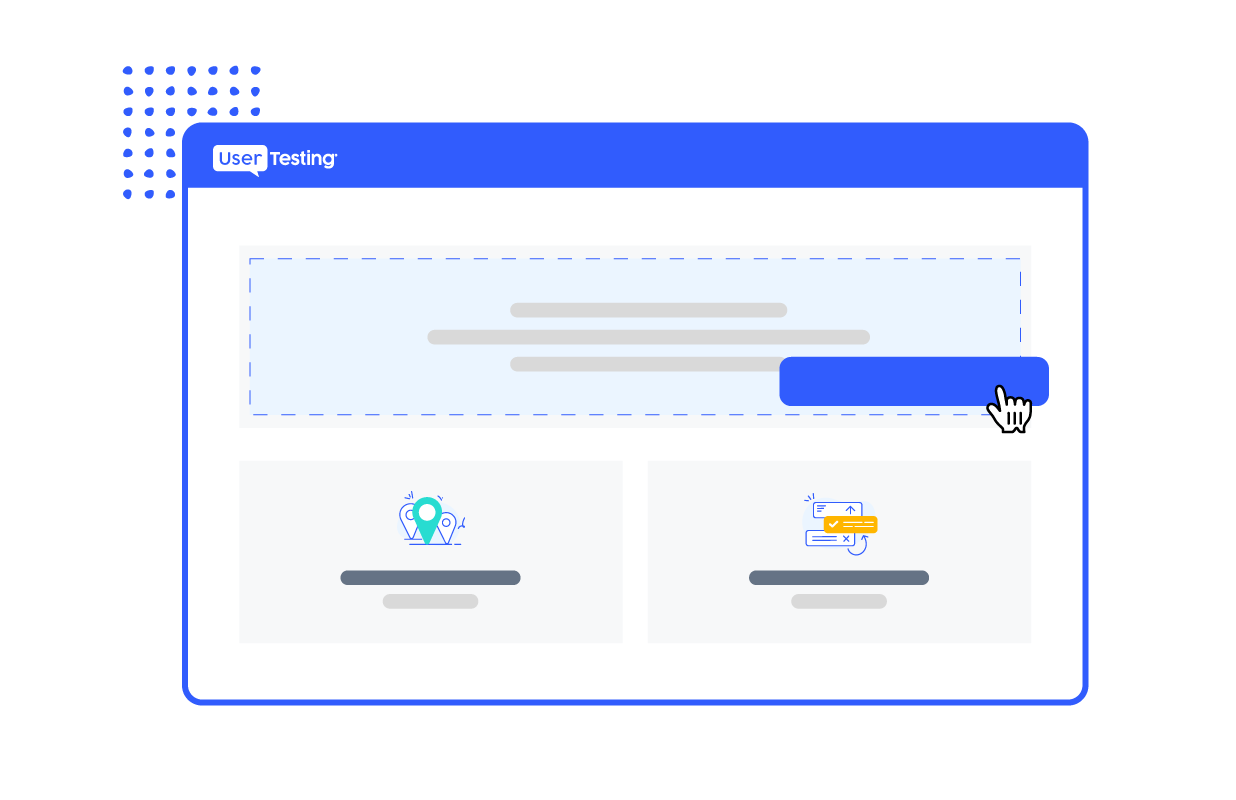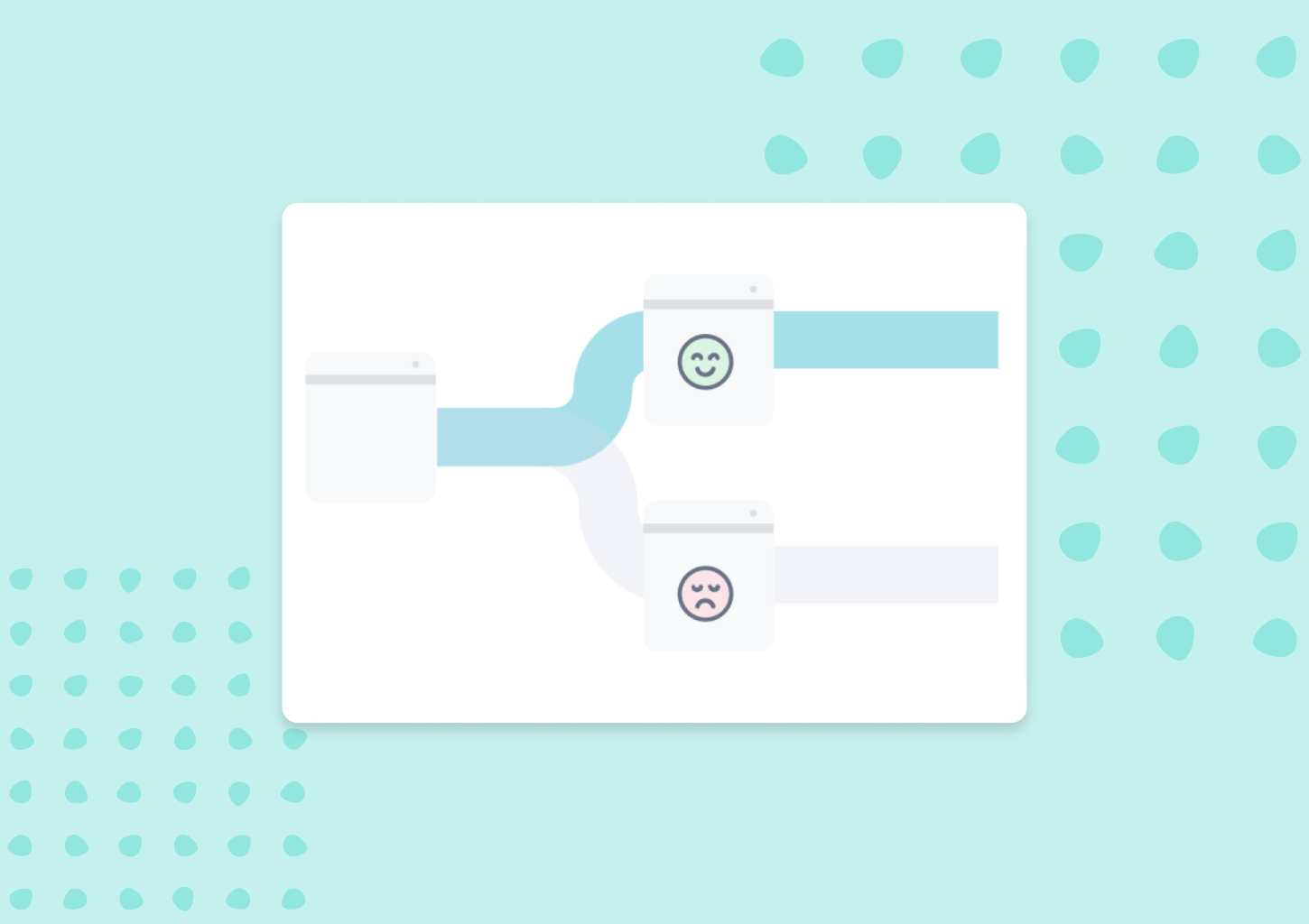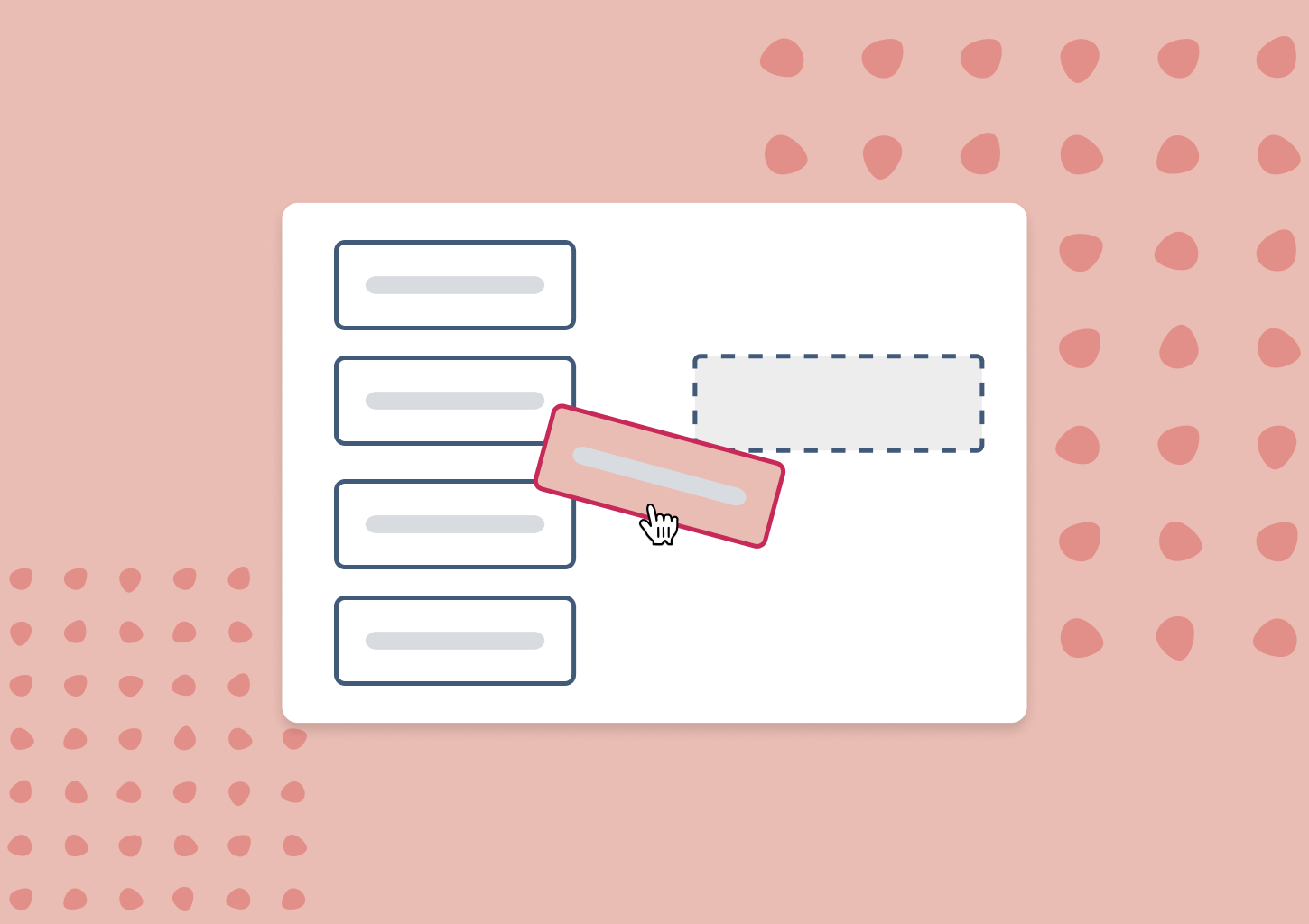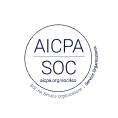UNDERSTAND NEEDS
Competitive comparison
Learn how customers feel about competitors and where you need an edge
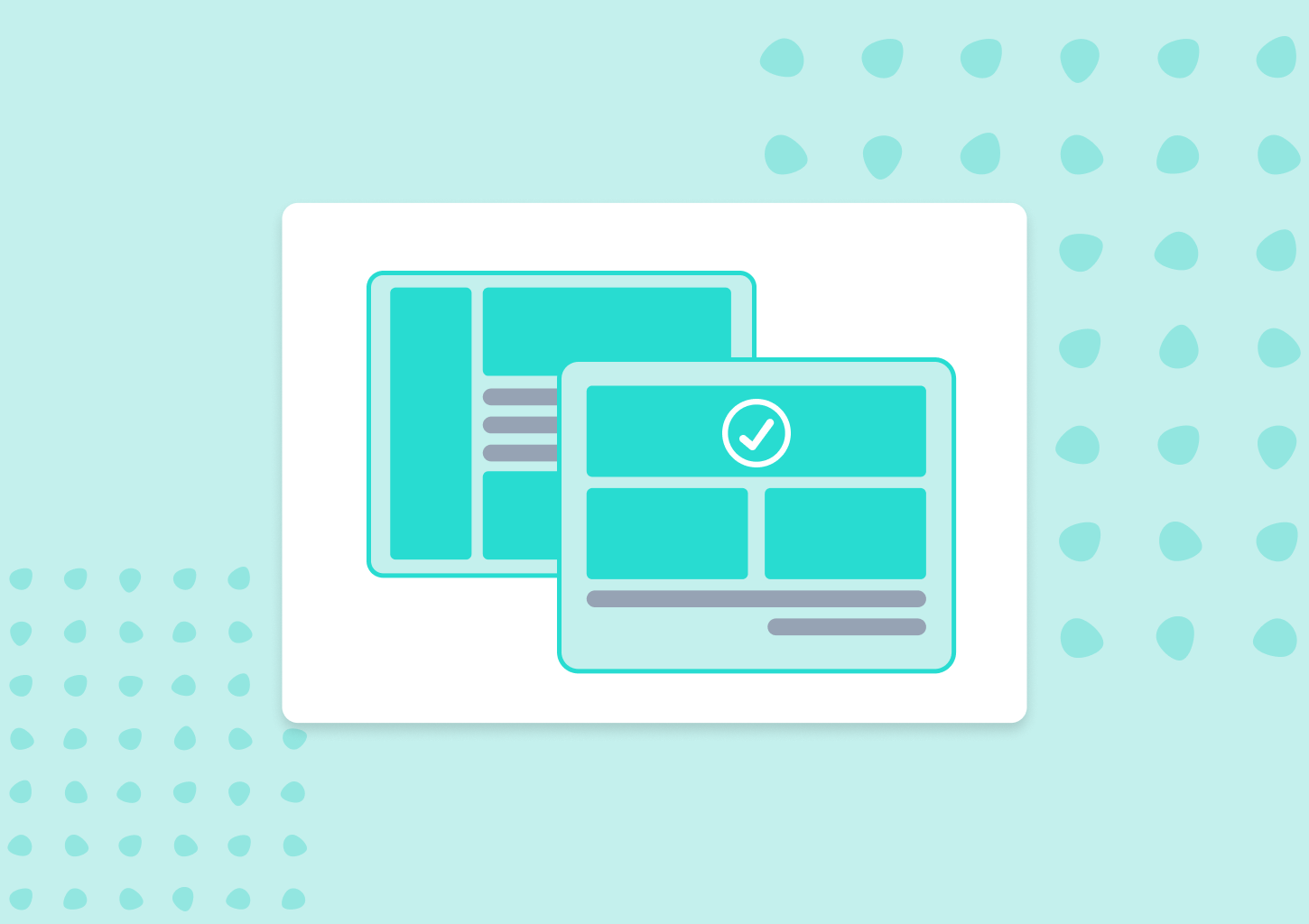
What you'll learn
Who your competition really is, whether you’re looking to validate your guesses or are even curious about who else is out there
How to test experiences other than your own, so you can adapt and work your way into a customer journey you may not be a part of
How to save time, money, and resources on unnecessary development by testing what works and doesn’t work on your competitor’s existing app, product, or experience
How to compete with a new product or feature that your competitor has launched, and test it to ensure there’s really a demand for it in the market
Featured guide
Competitive analysis with UserTesting
Learn how to understand your competitive differentiators and identify areas of opportunity.
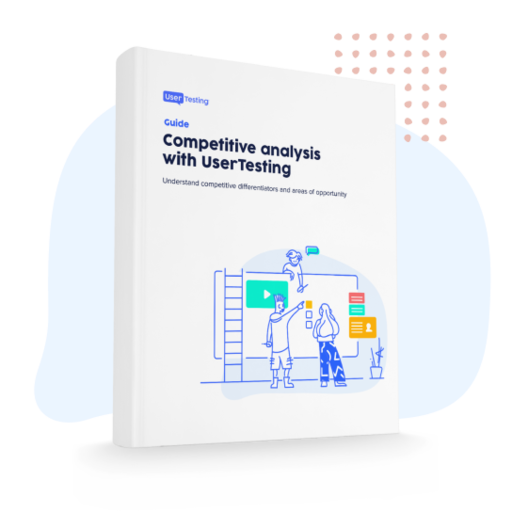
What to test next
After completing a website evaluation test, consider taking a look at the templates for website comparison to do competitive or historic research, website conversions to analyze how to best persuade customers, and website navigation to assess its ease of use.
Additional resources
Now that you know how to use this template to fit your needs, dive into the resources below to learn how teams across your organization can rely on human insight to create successful, customer-centric products and experiences.
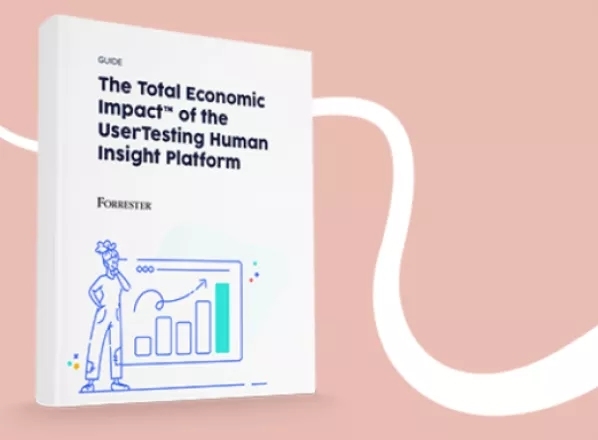
Forrester: UserTesting delivers a 665% ROI over three years
A recent Total Economic Impact™ (TEI) Study, conducted by Forrester on behalf of UserTesting, illustrates how organizations using the UserTesting Human Insight Platform can realize $2.03M in value and 665% in ROI over a three-year period.
